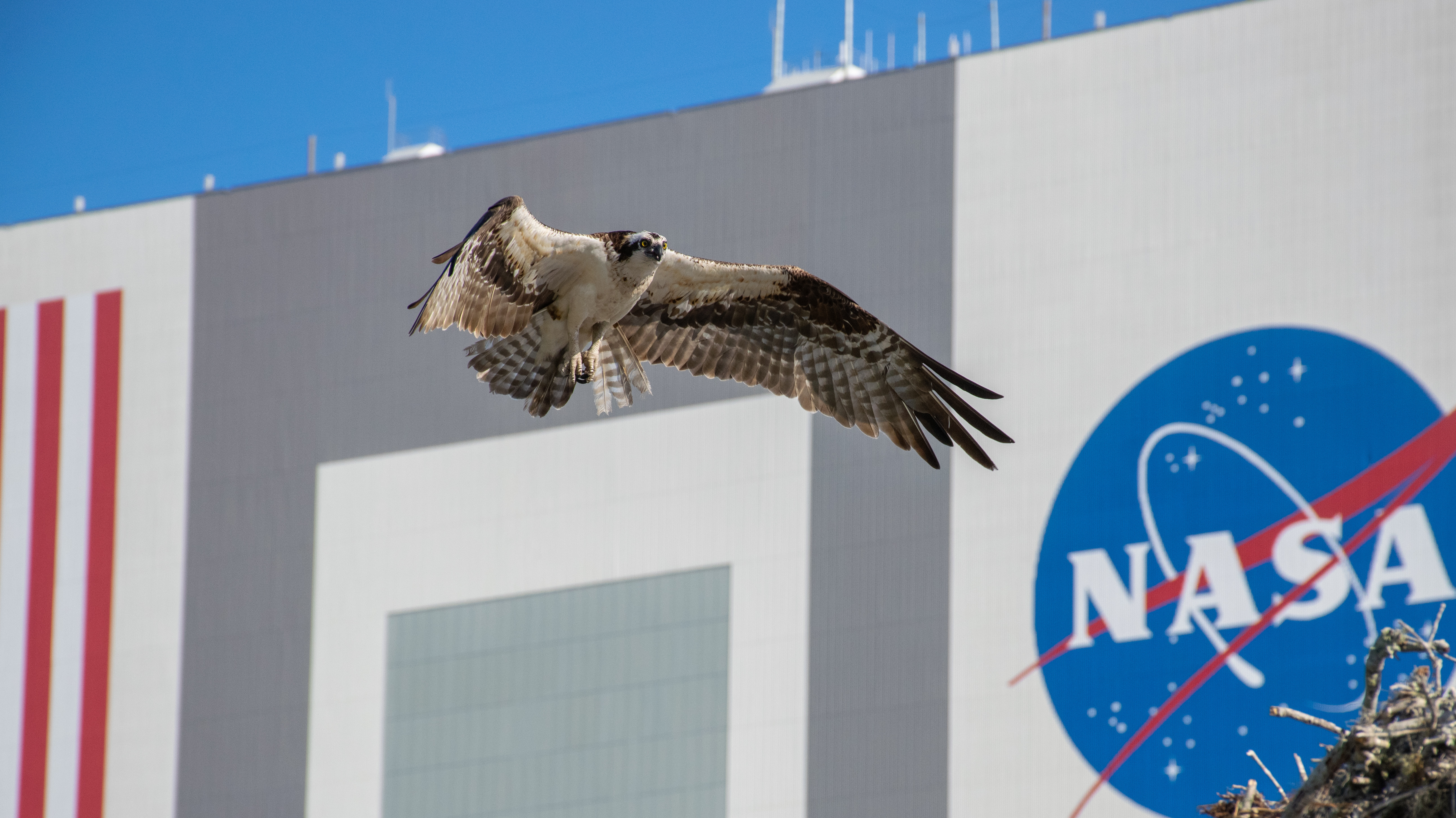Best space gifts for kids 2025
Discover the best space gifts for kids, which range in price points and include telescopes, star projectors, Lego sets and more.
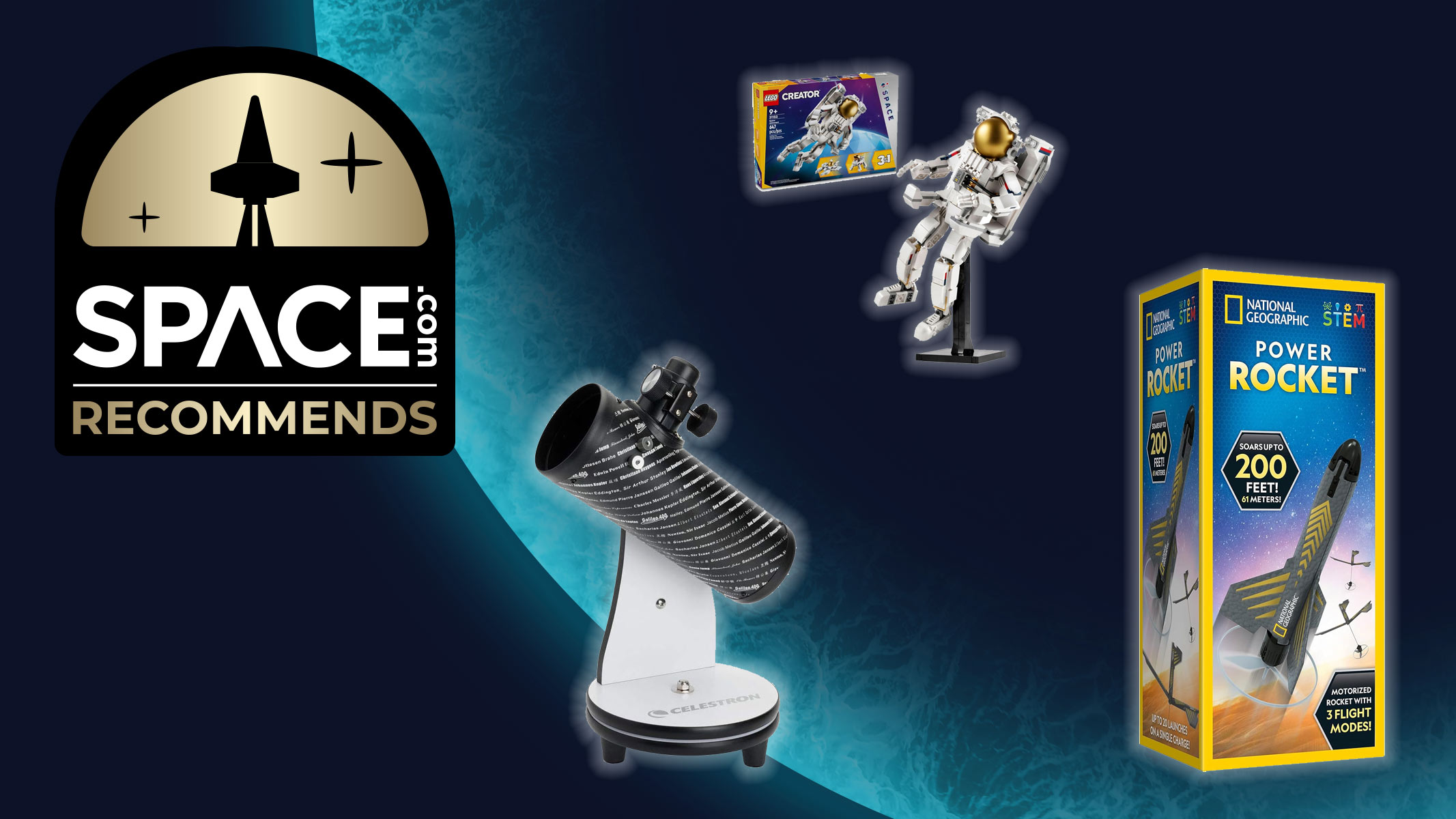
If you're looking for the best space gifts for kids, you're in the right place as we've rounded up the top options on the market, which are suitable for kids of all ages and cover all price points, too.
Many of the space gifts in this guide have been tried and tested by us and if you're considering getting one of them, we've linked out to reputable retailers so you can rely on the opinions you're reading and the quality of the product you choose to get. We've included a quick list and a sidebar so you can quickly find something suitable and to help you navigate this page.
Below, you'll find the best space gifts for kids, ranging from the best Lego sets to telescopes, star projectors and more. If you want a more detailed round-up of specific products, our pages for the best Lego space sets, best telescopes for kids and the best star projectors will point you in the right direction. The gifts in this guide have the ability to educate as well as entertain and, hopefully, inspire any budding space enthusiasts. So, scroll down for the best space gifts for kids.
The quick list
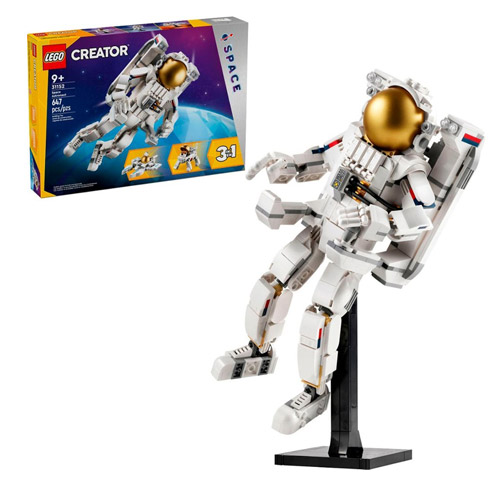
One of our favorite space-themed Lego sets, this astronaut is inexpensive, a joy to build and fun to display. It can be turned into a dog or a space shuttle, too.
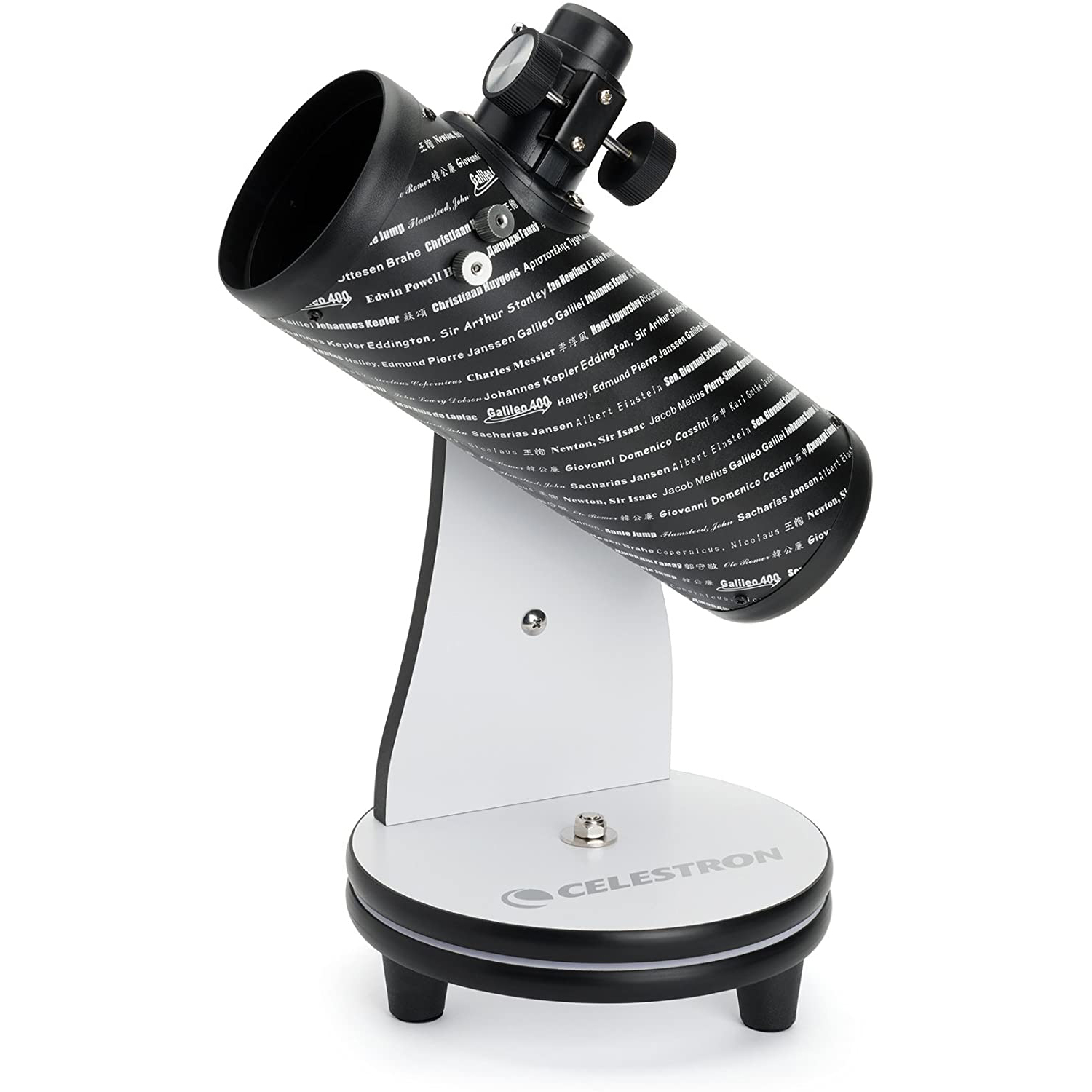
Inexpensive and easy to use, the FirstScope isn't the most powerful telescope but it's the perfect first scope for kids — hence its name.
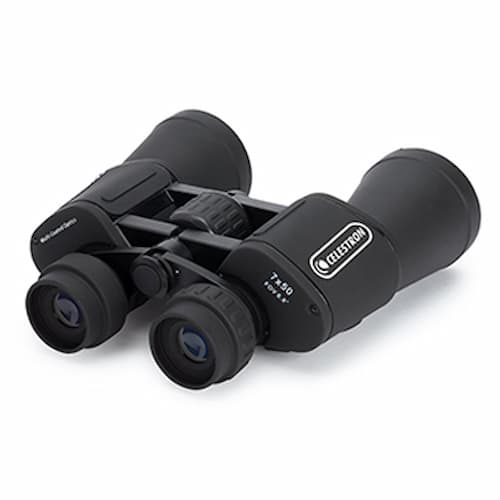
These budget-friendly binoculars are a great choice for kids: they're ideal for viewing close celestial objects and not too big that little hands can't hold them comfortably.
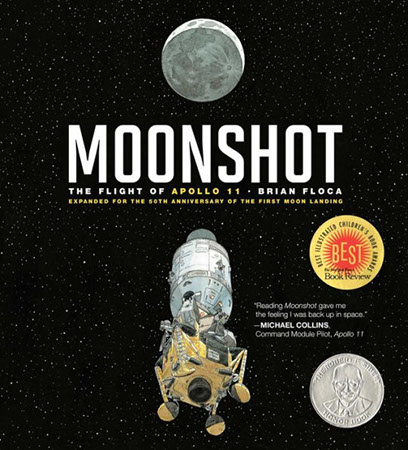
A gorgeous picture book that introduces youngsters to the Apollo 11 mission. This 50th anniversary edition has additional information, and it's the perfect way to introduce youngsters to space travel.
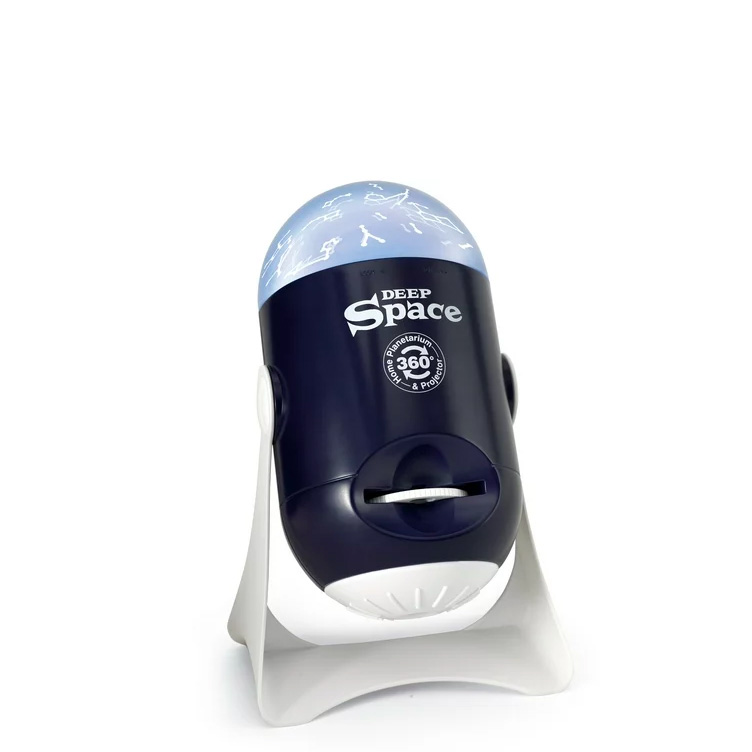
With different discs to insert, this star projector can display multiple views of the night sky. It might not be scientifically accurate but it's a great way to teach children about space.
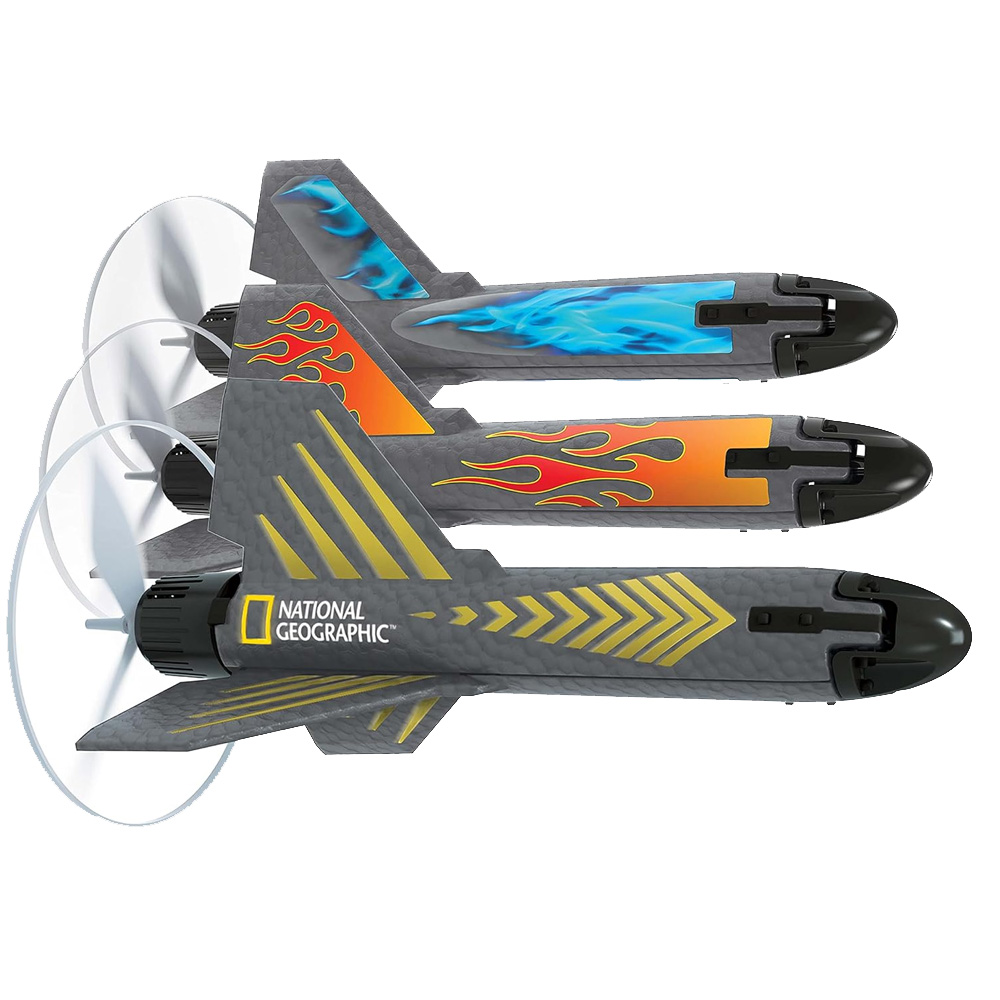
Best rocket
This motorized rocket can soar up to 200 feet in the air, and comes with everything you need to launch it.
The best space gifts for kids to buy in 2025
Why you can trust Space.com
Best Lego set
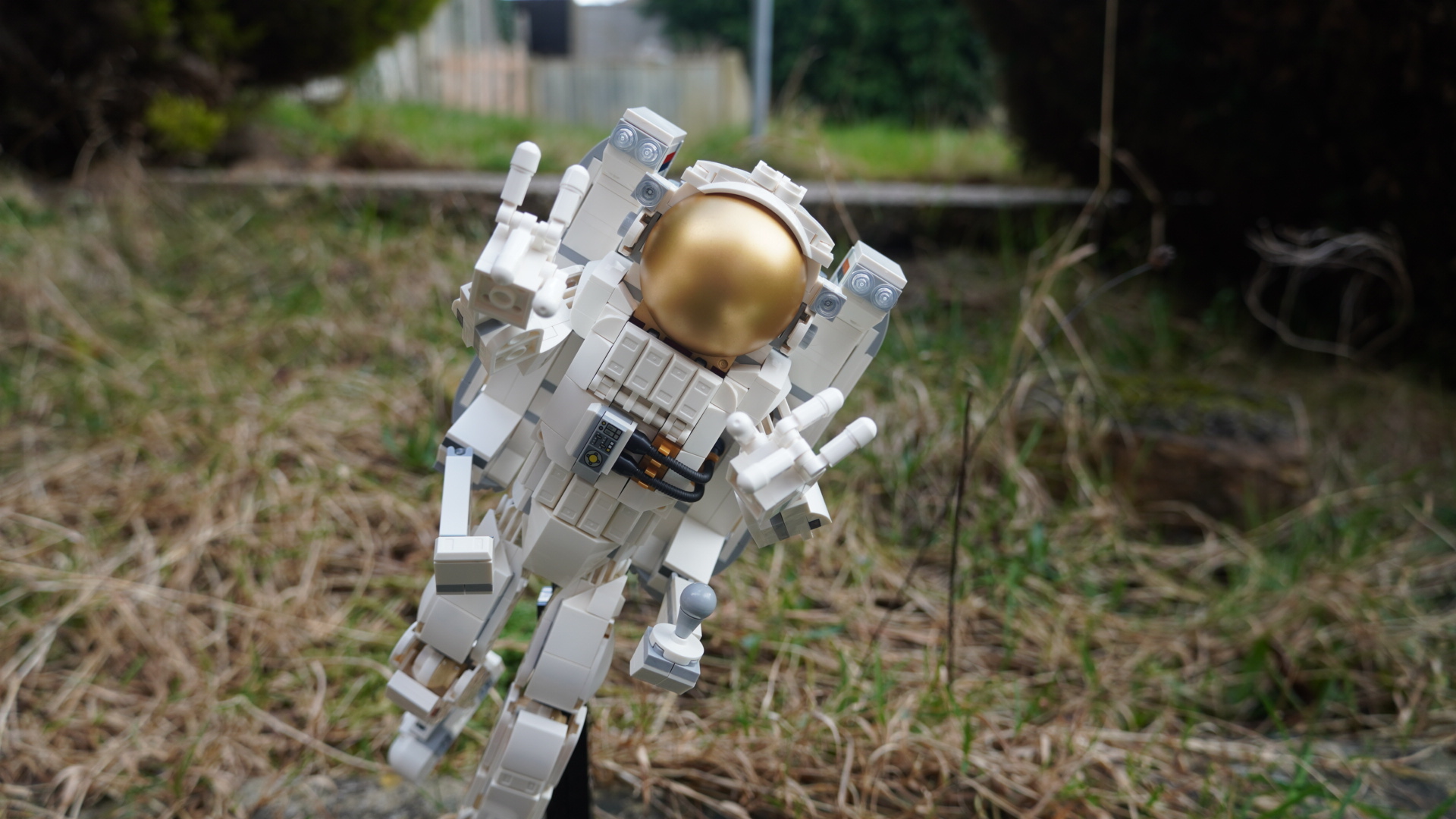
Specifications
Reasons to buy
Reasons to avoid
✅ You like creativity: Lego is the perfect outlet for creative kids.
❌ You want something to play with: Once it's built, the Astronaut is more of a display set than a playset.
🔎 Lego Creator 3-in-1 Space Astronaut: It's an excellent value set that looks absolutely wonderful — and it can be built in one of three ways. ★★★★★
We're always waxing lyrical about the Lego Creator 3-in-1 Space Astronaut set, and for good reason. This inexpensive set can be built in three ways: as an astronaut, as a space shuttle or as a space dog. However, the main model of the set, the Space Astronaut, is undoubtedly the star of the show.
While the astronaut isn't NASA or ESA branded, it's detailed enough to look realistic, so looks fantastic when it's built up. In our Space Astronaut review we praised the posability of the set: You can move its arms, legs and even its fingers to arrange them in the stance that you want. And since the Astronaut comes on its own sturdy stand, you don't need to worry too much about making sure it can stand up straight.
The build process here is fun, too. The Lego set is rated for ages 9 and above, but younger kids will be able to tackle this with a bit of help from an adult. Once it's built, it's something they can enjoy on their bedroom shelves for a long time to come.
- Read our full Lego Creator 3-in-1 Space Astronaut review for more information.
Best telescope
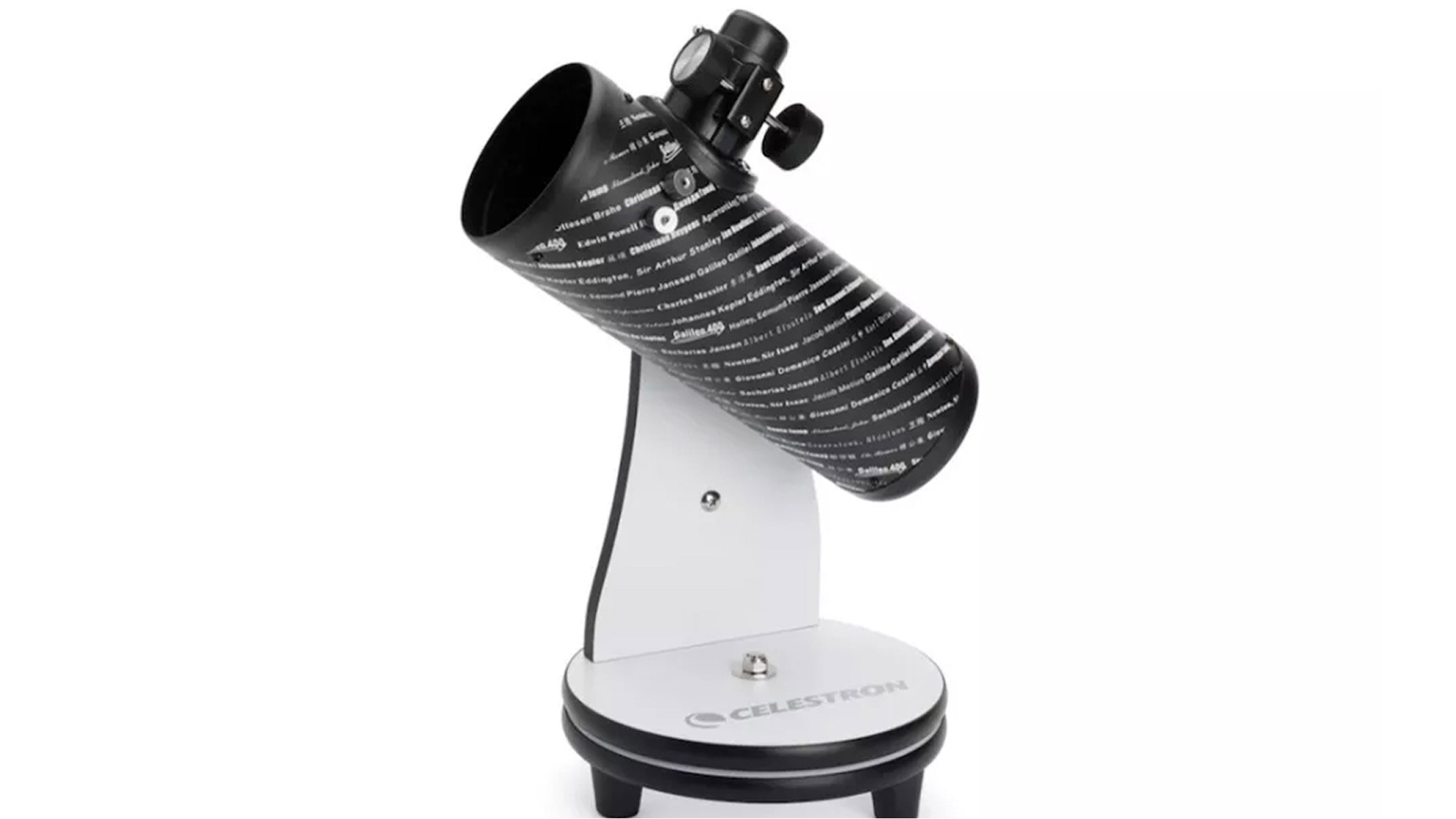
Specifications
Reasons to buy
Reasons to avoid
✅ You want something to last: This is not a toy, and it's built to last — at least until your kid wants a more powerful telescope.
❌ You already have a telescope: It's a very basic, beginner model, so kids with experience already will want something more powerful.
🔎 Celestron FirstScope 76: As its name suggests, this is very much designed to be a 'first' telescope. It's not the most powerful, but perfect for viewing the moon and nearby planets. ★★★★
There's no better way to embrace a child's interest in space than by giving them their own telescope. The Celestron FirstScope 76 is a great telescope for beginners: it's inexpensive, easy to use, and due to the fact it can sit on any tabletop, it's very easy to set up.
Like the name FirstScope suggests, this has been designed to be someone's first scope. Take it out of the box and it's pretty much ready to go, making it ideal for kids to use unsupervised (or with minimal supervision). It's pretty lightweight at just 4.3lbs, but despite that its body feels robust so you don’t have to worry about it getting broken easily.
Of course, the views you're going to get through the FIrstScope 76 aren't going to compete with more expensive, advanced telescopes — but considering the price point here (around $70), it’s impossible to be disappointed. In our Celestron FirstScope 76 review, we noted that it's great for observing the Moon and its craters, along with other objects from our own solar system: We've been able to glimpse Jupiter alongside Saturn and its rings, for example.
- Read our full Celestron FirstScope 76 review.
Best binoculars
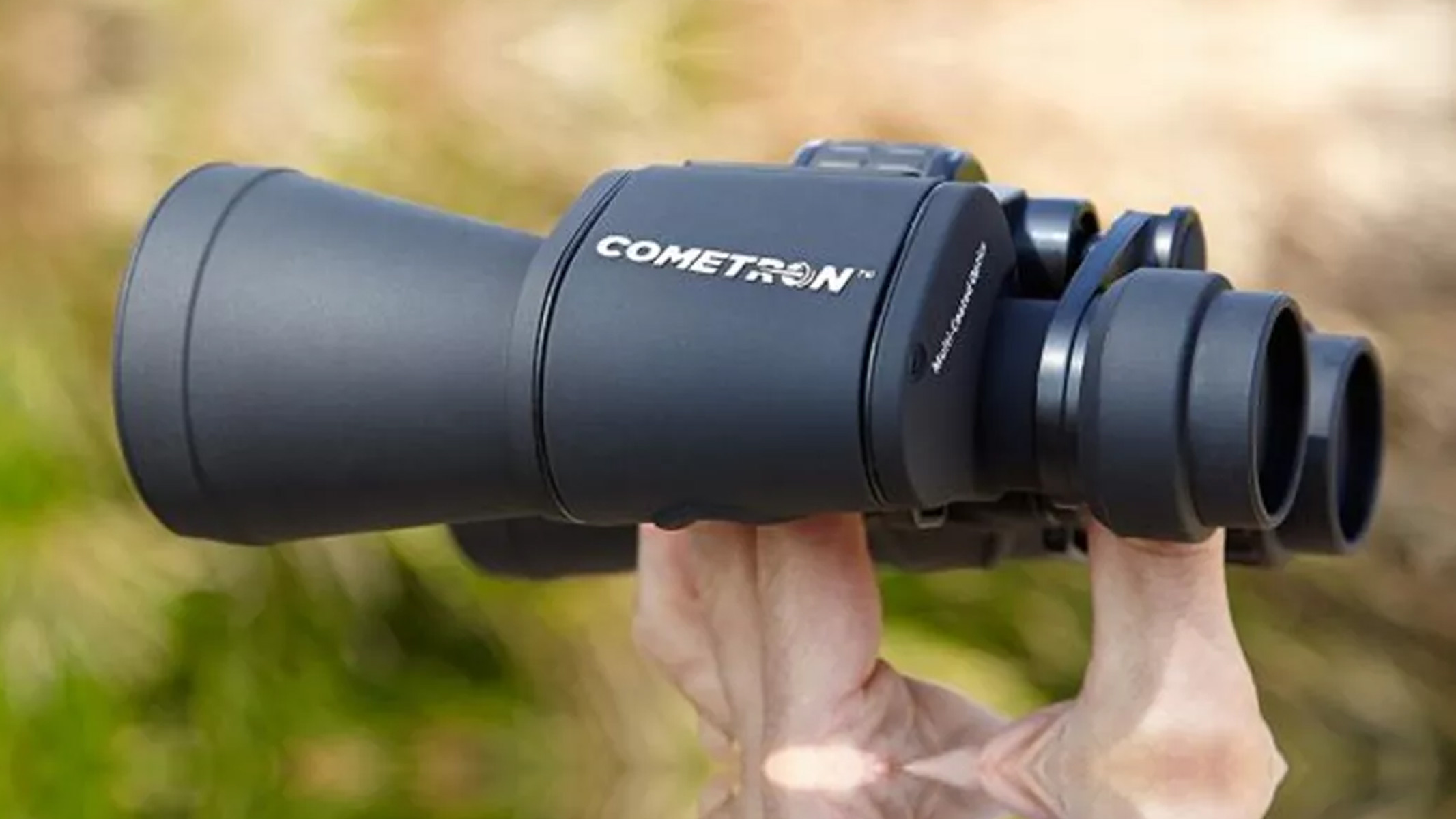
Specifications
Reasons to buy
Reasons to avoid
✅ You want something more portable: Binoculars can be moved around easier than a telescope.
❌ The user wears glasses: They don't have the biggest eye relief to suit glasses-wearers.
🔎 Celestron Cometron 7x50: These binoculars are great value, and they're a good size for smaller hands to hold comfortably. They aren't the most powerful, but they're ideal for near object viewing. ★★★★
While the Celestron Cometron binoculars are not designed for kids — they're general-use astronomy binoculars — they are one of our favorite pairs for beginners and, therefore, make an excellent gift for kids just getting into space and stargazing for the first time.
Of course, binoculars don't allow you to get quite as close to the stars as a telescope does, but we think these binos are a great choice for backyard astronomy, allowing for some great views of the moon and other close celestial bodies. Since they're lightweight, kids will have no problem keeping hold of them, and there's no need to worry about needing a tripod to steady them.
Included in the box of the Celestron Cometron 7x50 binoculars is a carry case, eyepiece and lens covers, a lens cloth and instruction manual. They're good to go as soon as you take them out of the box: No set-up required!
- Read our full review of the Celestron Cometron 7x50 binoculars for more information.
Best book
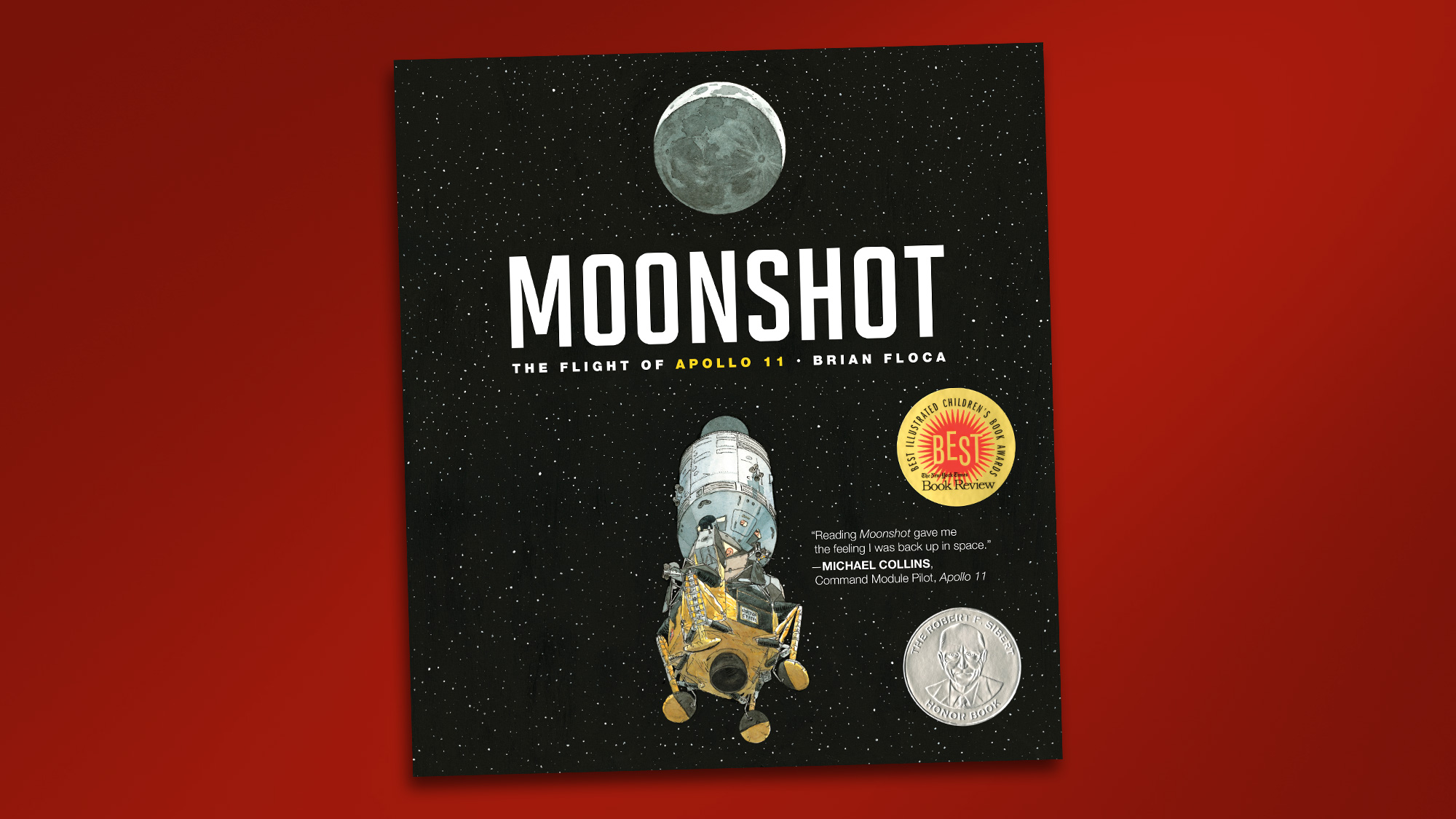
Moonshot: The Flight of Apollo 11
Our expert review:
Specifications
Reasons to buy
Reasons to avoid
✅ You're buying for a young child: This picture book is perfect to introduce 3-5 year olds to space travel.
❌ You want in-depth information: It's designed to be an introduction and won't offer rich, scientific information.
🔎 Moonshot: This is a gorgeous picture book perfect for younger readers. It may be a little basic for older kids, however. ★★★★
Moonshot: The Flight of Apollo 11 by Brian Floca was first released in 2009, to coincide with Apollo 11's 40th anniversary. This newer version of the book, released in 2019, has been expanded upon for Apollo 11’s 50th anniversary.
This version provides new information about the mission as well as extra details about the team members who worked on the mission from the ground. It's the best version of the book, and provides a great, if basic, overview of the Apollo 11 mission.
It's aimed at young children, so don't expect to find the most in-depth retelling of the Apollo 11 mission. Older children might find it a little basic, but for younger kids, the images here are beautiful. We think it's the perfect book to read aloud to children under 5 thanks to its prose which flows like poetry. It's easy to follow and easy to understand for even the youngest inquiring minds.
Best star projector
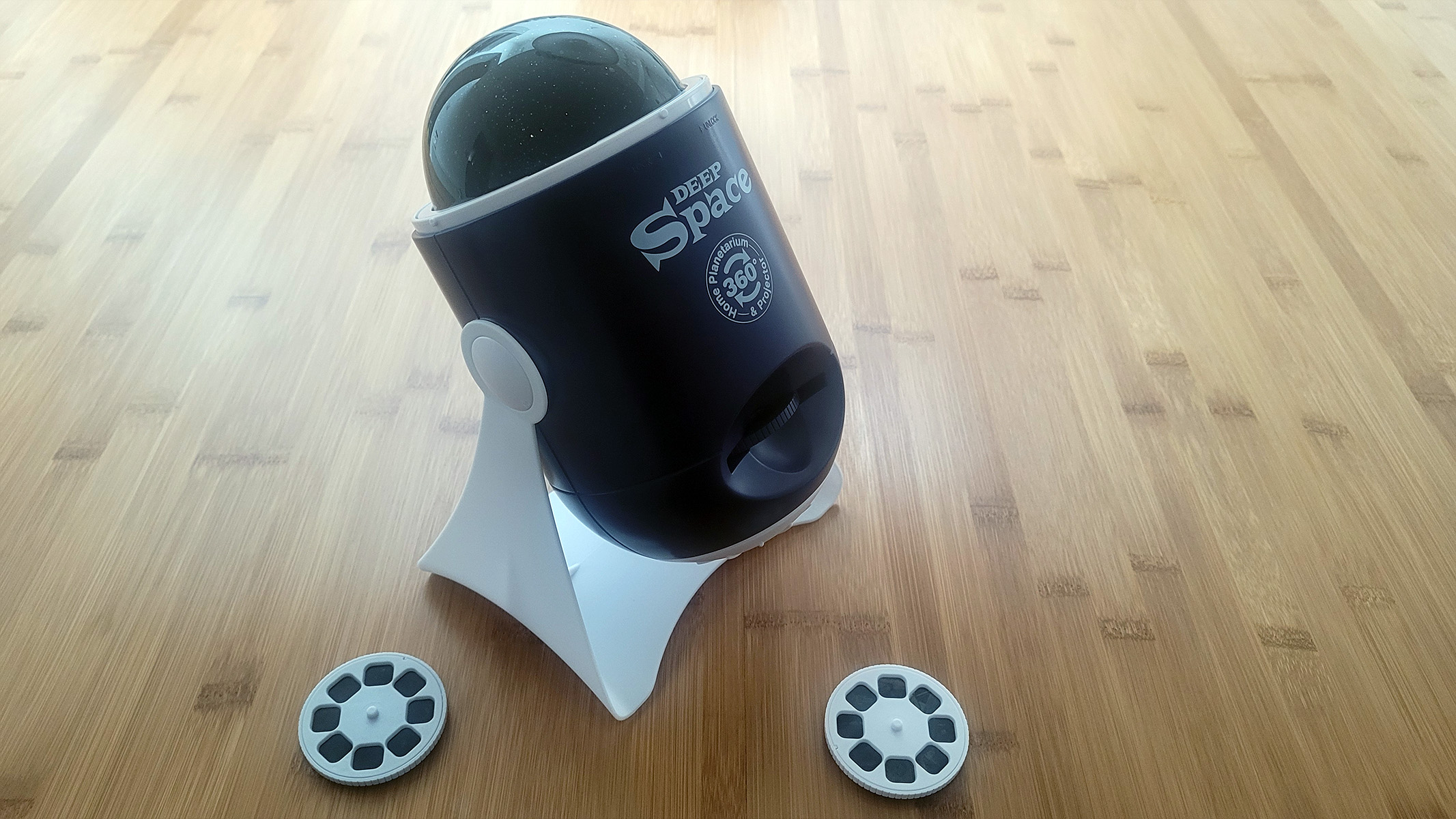
Specifications
Reasons to buy
Reasons to avoid
✅ You want something educational: The different discs offer different learning opportunities for kids.
❌ You want scientifically accurate projections: It's more than decorative but you still won't get accurate recreations of the night sky.
🔎 Brainstorm Toys Deep Space Home Planetarium: Easy to operate and with multiple discs offering different views, it's a great way to introduce kids to the night sky. ★★★½
One of the best space gifts for kids just has to be a space projector. These little gadgets can bring the majesty of the night sky indoors, onto any bedroom or living room wall or ceiling. For kids, they can provide an excellent introduction to the stars, and this Brainstorm Deep Space Home Planetarium is designed especially to be an educational tool.
There are plenty of star projectors on the market, but this is one of our favorites for kids. Suited to ages six and above, it comes with changeable discs that feature official NASA imagery of nebulas, the Moon, spacecrafts and planets. It's not scientifically accurate, but it's still a good tool for learning.
In our Brainstorm Deep Space Home Planetarium review, we noted that the projector needs to be controlled manually, giving kids a more hands-on approach to using it. We really like that aspect, and think it's helpful to keeping children more engaged with it for longer. For a reasonable price tag, we think this is an excellent space gift for kids, particularly given its educational benefits.
- Read our full Brainstorm Deep Space Home Planetarium review.
Best rocket
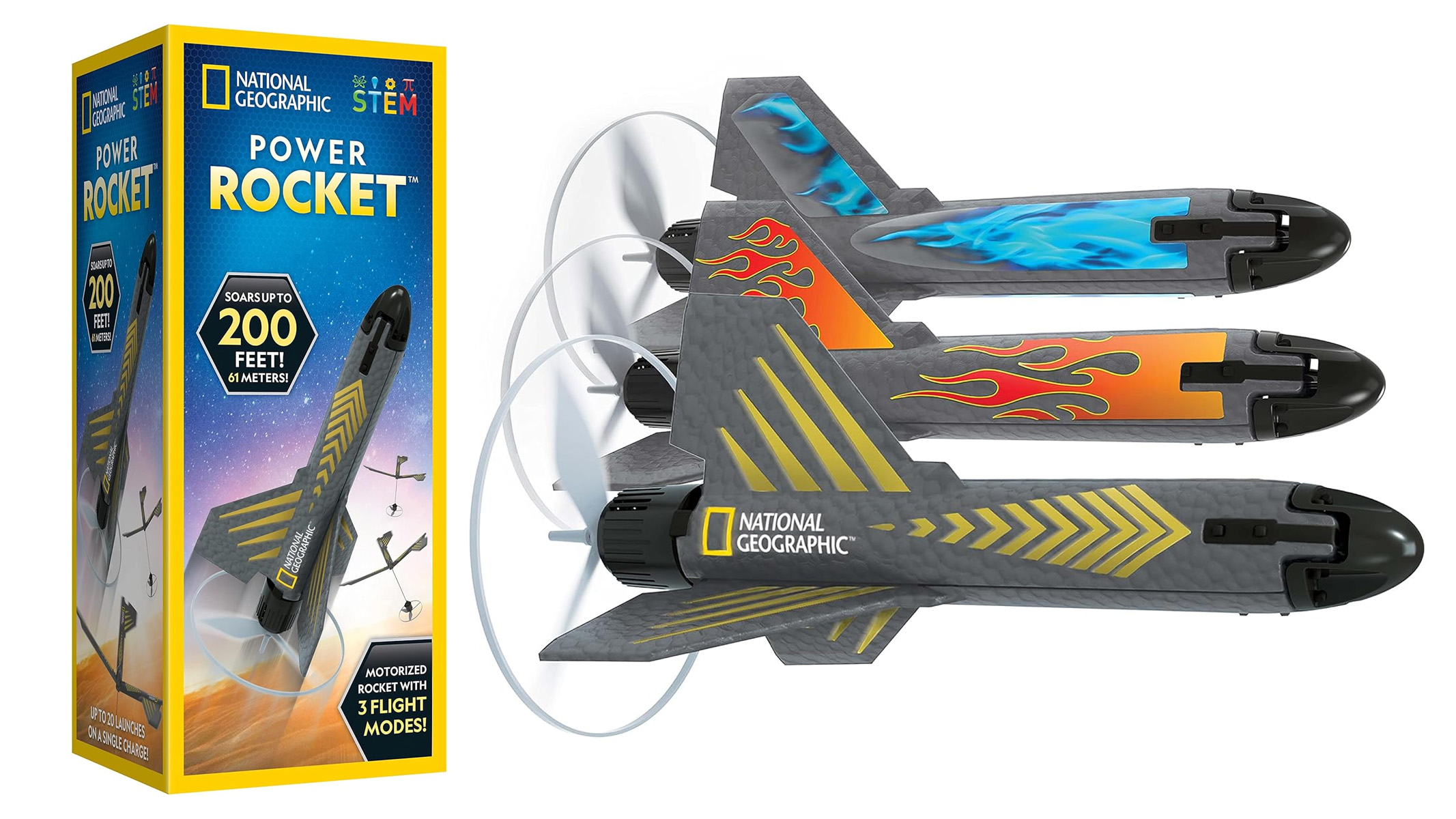
National Geographic Rocket Launcher
Our expert review:
Specifications
Reasons to buy
Reasons to avoid
✅ Your kid is adventurous: This is a exciting, outdoor activity for kids with an adventurous streak!
❌ You live somewhere windy: You need a still day to fly the rocket, so if it's always windy, you might struggle.
🔎 National Geographic Rocket Launcher: Watching this rocket fly through the sky is seriously good fun, and it's easy to use too. It's a little flimsy though, and requires good weather conditions to fly in. ★★★★
If you want a space gift that encourages them to get outside and have some fun, this National Geographic Rocket Launcher might be a good idea. Containing everything you need in the box to perform your own rocket launch, it promises to fly up to 200 feet in the air, which is some seriously impressive height.
Okay, it's not quite going to get you to the moon, but launching a rocket of any height is thrilling, especially for younger children. This motorized rocket comes with a rechargeable battery so you can use it multiple times, and once it's charged it's a simple case of pressing a button to see it soar into the air.
You'll need to ensure you're launching on a still day without much wind, though: This is a very light rocket and just a small amount of wind will affect the flight of the rocket. Because of how light it is, it's also a bit delicate, so you'll need to be careful with it to keep it in good condition.
Best Space Gifts For Kids FAQs
Are model rockets safe for children?
A lot depends on the model rocket you're buying. If you're buying a rocket with an engine and launch system, flammable materials are used and supervision will be needed. However, some can be air-powered, water-powered or, like the rocket in this guide, motorized, which is much safer for children. We recommend that supervision is still required and launching any rocket, regardless of power, with plenty of open space and visible light.
Can a child use a telescope on their own?
A child can use a telescope on their own. Depending on their understanding of an instruction manual and the telescope in question, they may need assistance setting one up. But, actually using one, especially one designed for beginners, like the FirstScope 76 in this guide, should be straightforward enough for a child to handle without assistance.
Are star projectors educational?
They can be, is the short answer. Some star projectors, like the deep space planetarium in this guide, project scientifically accurate images of stars clusters, nebulae, galaxies and more. Others show space-themed images and they look good, but aren't educational.
How we test
The gift ideas on this list are all rather different from one another, and each one has been reviewed and assessed by a relevant expert. Each item has been assessed for its suitability for children: we've considered how easy each one is to use, whether adult supervision will be required, and whether it's sturdy enough to be used by kids.
We've also considered the price of each item: Does it offer good value for money? We've selected items that offer a good balance between value and user-friendliness in order to find the best space gifts for kids. We've also been sure to choose a selection of items that have both educational and entertainment purposes, offering extra value to children and their parents.
Recent updates
April 7: We've rewritten the strapline and intro as well as adding an FAQ section to our guide.
Join our Space Forums to keep talking space on the latest missions, night sky and more! And if you have a news tip, correction or comment, let us know at: community@space.com.
Get the Space.com Newsletter
Breaking space news, the latest updates on rocket launches, skywatching events and more!

Doris is a science journalist and Space.com contributor. She received a B.A. in Sociology and Communications at Fordham University in New York City. Her first work was published in collaboration with London Mining Network, where her love of science writing was born. Her passion for astronomy started as a kid when she helped her sister build a model solar system in the Bronx. She got her first shot at astronomy writing as a Space.com editorial intern and continues to write about all things cosmic for the website. Doris has also written about microscopic plant life for Scientific American’s website and about whale calls for their print magazine. She has also written about ancient humans for Inverse, with stories ranging from how to recreate Pompeii’s cuisine to how to map the Polynesian expansion through genomics. She currently shares her home with two rabbits. Follow her on twitter at @salazar_elin.
- Alexander CoxE-commerce Staff Writer
- Kim SnaithFreelance contributor
